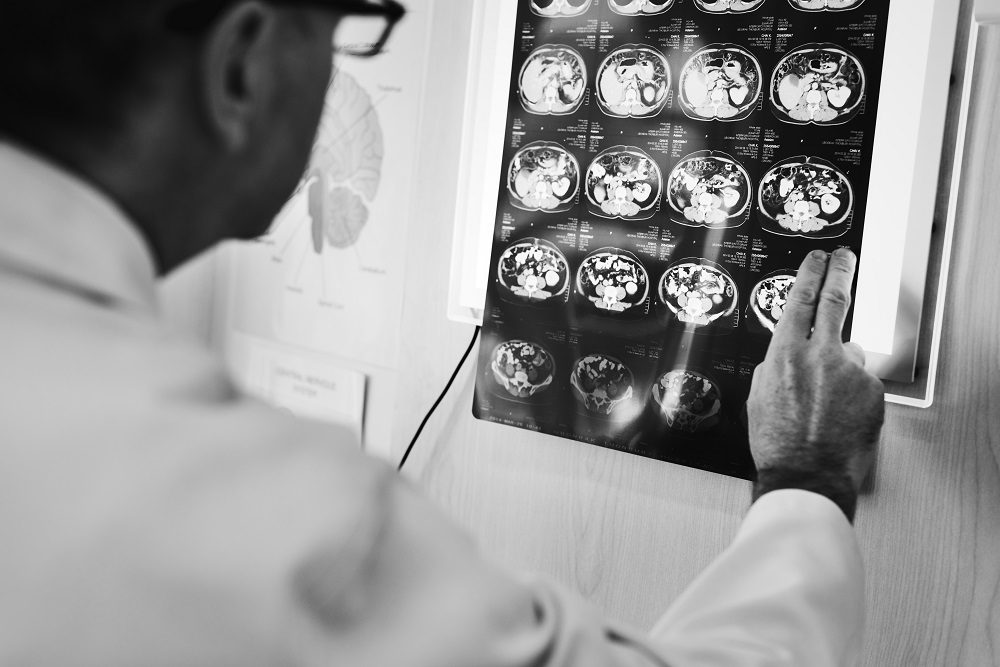Efficacy of Tolebrutinib in Relapsing Multiple Sclerosis


B lymphocytes and myeloids are the major contributors of inflammation in multiple sclerosis. Tolebrutinib, an oral, CNS-penetrant, is an irreversible inhibitor of Bruton’s tyrosine kinase which is an enzyme expressed on B lymphocytes,
Progression of Retinal Atrophy and Presence of Oligoclonal Bands as Indicators of Cognitive Decline in Multiple Sclerosis


Inflammatory and neurodegenerative pathological features lead to cognitive impairment in 50–70% of multiple sclerosis patients. Biomarkers of axonal damage in multiple sclerosis include macular ganglion cell layer and retinal nerve fiber
Diagnosing Focal Epilepsy with Non-parametric Combination of Multimodal MRI


One-third of the focal epilepsy cases are medically refractory, necessitating surgical intervention. However, only two third of them demonstrate MRI lesions. Further investigation with invasive stereoelectroencephalography
Immunomodulatory Effects of Sunlight in Multiple Sclerosis


Multiple sclerosis, a neuroinflammatory disease characterized by demyelinating lesions, often has a relapsing-remitting progression. Environmental factors such as poor sunlight exposure is believed to contribute to
Astrocyte-Mediated Inflammation in Bipolar Disorder


Bipolar disorder was found to have a unique inflammation pathway involving astrocytes with higher inflammatory cytokine IL-6. The study involved an in vitro model evaluating inflammation-related phenotypes of astrocytes
